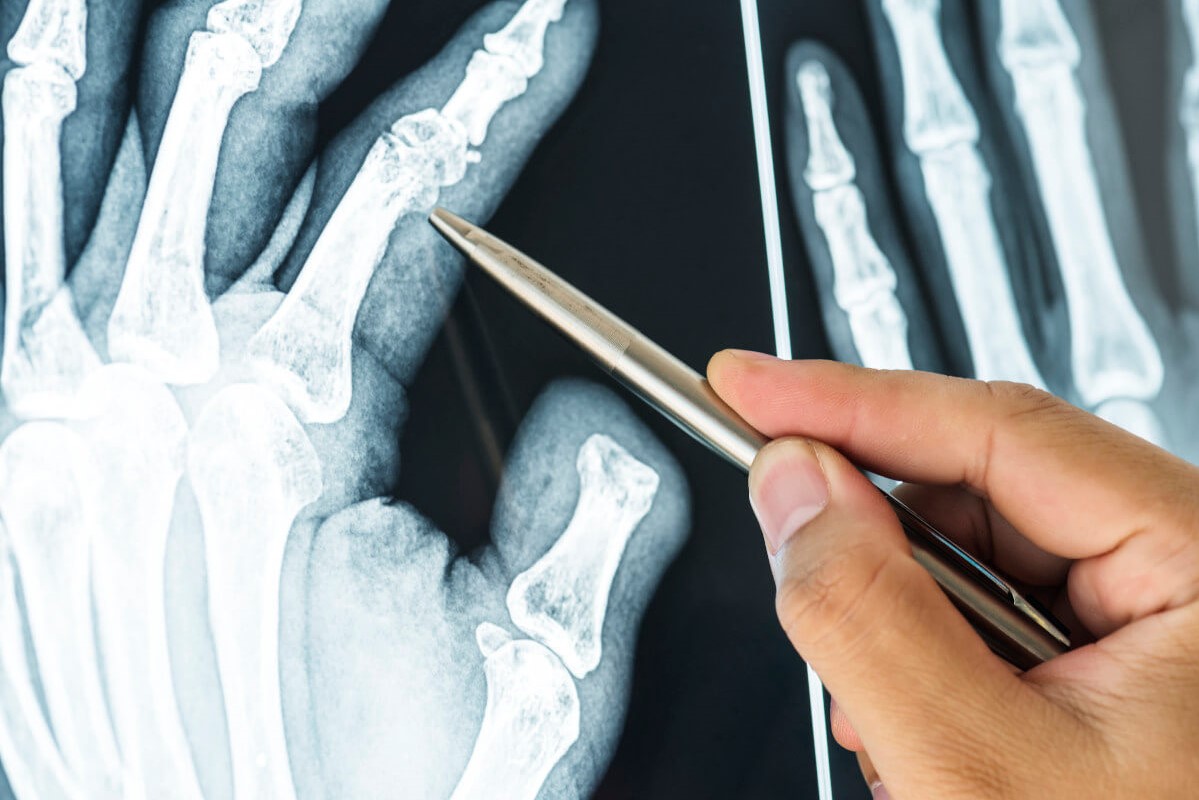
Fracture of the wrist: how to recognise and treat it
Let’s talk about wrist fracture: fractures of the wrist and hand bones, or sprains with ligament injuries of the wrist are frequent traumas, which are easy to incur by falling while performing simple, everyday activities or while doing sports. If you fall, you try to protect your face or other parts of your body with your hands, causing an injury
Wrist injury: fracture or sprain?
The most common fractures involving the wrist are those of the radius, ulna and scaphoid, one of the eight short bones that make up the carpus.
The main symptom is pain, often associated with swelling and limitation of wrist function.
In the case of a sprain, i.e. an injury involving the joint capsule or ligaments, the symptoms are generally less intense: the swelling is modest, and the pain in the area subjected to the injury is accentuated particularly when performing certain movements, while it is tolerable at rest.
If the ligamentous lesion is complete, there may be a real dislocation: in this case, in addition to the symptoms described above, there will be a marked deviation of the physiological axis of the segment concerned.
If a fracture or a sprain is suspected, it is important to undergo a specialist examination by a hand surgeon in order to first obtain a definite diagnosis, then reduce the pain, then promote healing as quickly as possible and finally establish the correct rehabilitation protocol, an essential element for the functional recovery of the injured part.
What to do in case of a wrist fracture?
If the pain in the wrist is not completely disabling, first aid can be administered at home or in the place where the trauma occurred, keeping the wrist still, if possible blocking it on a rigid support with a cloth or adhesive tape, and applying ice to the traumatised area.
Afterwards, you should go to the emergency room or to a hand surgeon to undergo the necessary diagnostic tests and determine the appropriate treatment.
When the wrist swells significantly and the pain is particularly severe and persistent, you should go immediately to the emergency room, where the suspected fracture will be examined by a clinical examination and an X-ray to determine its characteristics and the treatment to be given.
In some cases, the specialist may also request a CT scan of the wrist.
Surgical treatment or plaster casts: treatment options
Wrist fractures can be treated in different ways, depending on their characteristics and the bones involved.
If the fracture is compound, the use of a special brace is sufficient, to be kept immobilized until healing is achieved, which normally takes place after 30 days; in the case of a compound or multi-fragment fracture, surgery is necessary to reduce and stabilise the fracture.
Usually a plate is placed, fixed with screws to ensure stability of the fracture.
Thanks to the use of the plate, which is to be considered an “internal plaster”, it is possible to mobilise the fracture earlier than with plaster treatment, with the consequent shortening of recovery times.
The operation is performed under local anaesthesia in the arm and in day hospital, and lasts about one hour.
Wrist fractures usually resolve in about 5 weeks, but, following surgery, the patient can resume wrist mobility almost immediately, obviously taking the necessary precautions.
As far as the complete recovery of wrist function is concerned, a variety of factors must be taken into account, such as age, functional needs, and the quality of the rehabilitation protocol that is carried out after the trauma and that is absolutely necessary both in the case of surgery and in the case of bracing.
Read Also:
Hand And Wrist Sprains And Fractures: The Most Common Causes And What To Do
Wrist Fracture: Plaster Cast Or Surgery?


